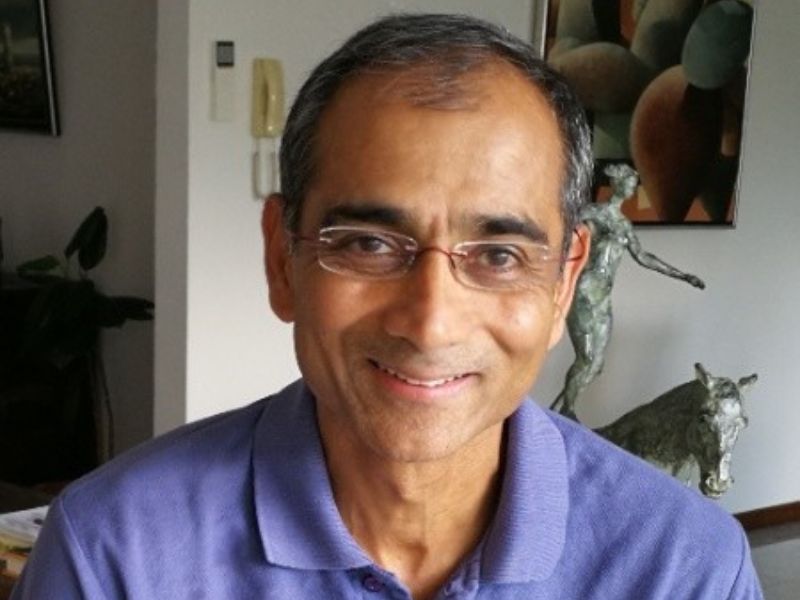Case for experiential learning: Rethinking education for the 21st century
 Ravi Sonnad, Founder and CEO, Enabling Leadership
Ravi Sonnad, Founder and CEO, Enabling Leadership
Albert Einstein once famously said, “Education is not the learning of facts but the training of the mind to think.” As an increasing amount of information becomes available at the touch of a few keystrokes while using the internet, our current knowledge-based education system becomes less valuable and exam scores that test grasp of knowledge even less relevant. At the same time, critical and creative thinking skills have become a premium. Today, and even more so in the future, our ability to assess situations, make decisions in ambiguity, and solve complex problems will determine our success. And what’s more, in the fast-changing and dynamic 21st century world, situations, people, and circumstances shift at lighting pace. So, what worked well before has no guarantee of success the next moment. So, for us to learn how to think effectively, we need to be able to abstract our reflections of one situation and distil them into principles that we can apply in new situations. This is the essence of experiential learning.
The experiential learning method which David Kolb helped synthesize is perhaps the most relevant pedagogy in education today. Simply defined, experiential learning is “learning by doing, reflecting on the experience, and then modifying or improving behaviours and actions based on the learnings. The Association for Experiential Education has aptly summarized that “experiential learning occurs when carefully chosen experiences are supported by reflection, critical analysis and synthesis, and throughout the learning process, the student is actively engaged in posing questions, investigating, experimenting, solving problems, and constructing meaning.” Experiential learning shifts the learning design from being teacher-centred, where the teaching is largely transmissive and the students are receivers, to an approach that requires students to cooperate and learn from one another through direct experiences tied to real world problems. The role of the teacher in this process is to facilitate rather than direct the student’s progress (Kolb & Kolb, 2009).
There are two poignant elements to thinking about education in this way. First, it recognizes that learning is a very personal process – each person needs to be given the latitude to learn in their own way. When the industrial era required standardization, it was critical for people to learn and follow process, which also meant that most learning could be rote. We then evolved to customizable curricula that allowed students to choose “elective” subjects and sometimes even shift their focus areas mid-course. But this is still only a choice of content and not learning process. A teacher, or more accurately, a facilitator adept at experiential learning pedagogy sets learning outcomes, and then guides, but does not direct the learning process. Second, it acknowledges that learning is an active process, not an absorption of knowledge but the synthesizing of experiences into learnings. It puts the student at the centre of the learning cycle, requiring active participation and collaboration. Both elements together accurately reflect the need of our current times.
The hinge-pin in this shift is of course is the ability of the teacher to first choose the most appropriate experiences to expose their students to and then ask to the right set of open-ended questions that push the students to think and arrive at their own conclusions that they can apply once they leave the session. The paradigm shift then is for teachers to “teach” students how to learn and not what to learn. And to develop students into life-long learners who can constantly adapt to the ever-changing situations. While this is not going to be an easy shift, if we are serious about preparing our youth for the future, we owe them a radical rethink to our philosophy of learning.
Also read: How experiential learning pedagogies can better engage 21st century classrooms

















Add comment